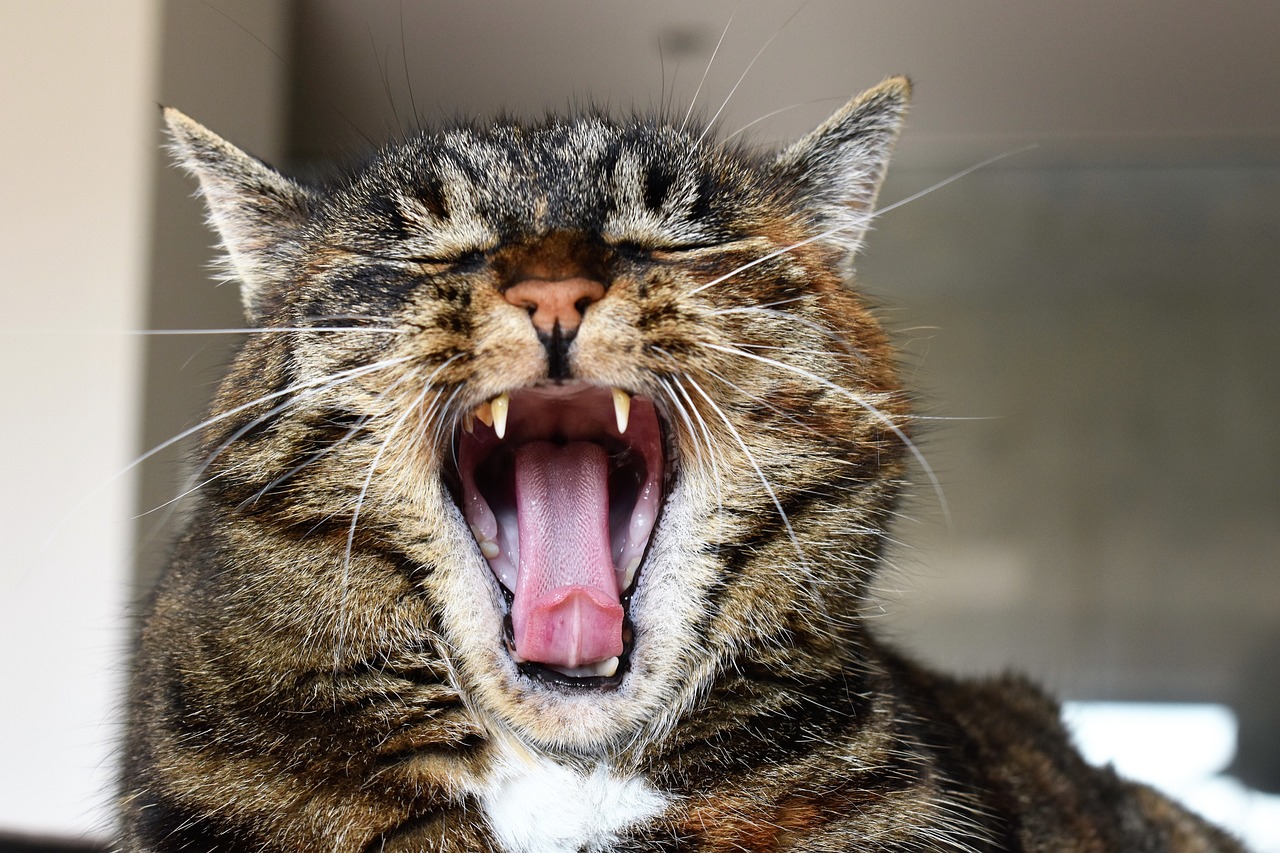Unraveling the Mystery of Alveolar Bone Expansion in Cats and Dogs
Alveolar bone expansion, a curious and somewhat perplexing condition, is most commonly observed in middle-aged and older cats, and occasionally in dogs. This phenomenon is particularly prevalent around the maxillary canines, though it can also occur around the mandibular canines and, in rare cases, next to the maxillary and mandibular premolars.
The exact causes of alveolar bone expansion remain a mystery. In some instances, this condition appears in areas showing signs of periodontal pocketing and vertical bone loss. Here, the body seems to compensate by laying down bone laterally to support a tooth compromised by periodontal disease. Alternatively, this bone growth could be a response to inflammation caused by periodontitis.
In a revealing study, over half of the cats examined showed signs of alveolar bone expansion at one or more canine tooth sites, highlighting the prevalence of this condition. Further research involving alveolar bone biopsies from cats indicated that these samples typically displayed compressed trabeculae of mature remodeled bone and mild proliferation of woven bone, suggesting a complex biological response at play.
Interestingly, another study involving 97 cats found that alveolar bone expansion did not show any preference for breed, sex, or age, and there was no direct link between bone expansion, tooth extrusion, and tooth resorption. This suggests that alveolar bone expansion can occur independently of other dental abnormalities, challenging previous assumptions about this condition.
In some cases, alveolar bone expansion occurs without any signs of periodontitis, such as gingival recession or periodontal pocketing. This indicates that other factors, possibly systemic, might influence the development of this condition. One hypothesis is that abnormalities in calciotropic hormones, such as 25-hydroxyvitamin D, could play a role. Research has shown that cats with increased levels of this hormone might be more prone to conditions like hypercementosis and alveolar bone expansion, pointing to a potential nutritional or metabolic trigger.
The case of Prince, a six-year-old male neutered shorthair cat, illustrates the complexity and severity that alveolar bone expansion can reach. Presented with severe swelling of the rostral mandible, initial suspicions might lean towards a diagnosis as grim as cancer. However, a biopsy revealed alveolar bone expansion and osteomyelitis, a severe but treatable condition. Prince underwent surgery to reduce the excessive bone growth and remove affected teeth, which significantly improved his condition.
This case underscores the importance of considering alveolar bone expansion in the differential diagnosis when encountering bony swellings in cats and dogs. It also highlights the need for further research to fully understand the underlying causes of this intriguing condition.
Veterinary professionals like Dr. John R. Lewis, who specialize in dental care, continue to study and educate on these lesser-known conditions, improving the chances of early diagnosis and effective treatment. As we learn more about the triggers and mechanisms behind alveolar bone expansion, we can better manage and perhaps even prevent this condition in our feline and canine companions.



